Fractions
A fraction represents a part of a whole or a part of a group. It consists of a numerator (the top number) and a denominator (the bottom number). The numerator represents the number of parts we have, and the denominator represents the total number of parts that make up the whole or the group.
Types of Fractions
There are different types of fractions:
- Proper Fraction: A fraction where the numerator is less than the denominator, e.g., 3/4.
- Improper Fraction: A fraction where the numerator is greater than or equal to the denominator, e.g., 7/4.
- Mixed Number: A whole number combined with a fraction, e.g., 1 3/4.
- Equivalent Fractions: Fractions that represent the same value, e.g., 1/2 and 2/4.
Operations with Fractions
There are four basic operations that can be performed with fractions:
- Addition: To add fractions, make sure the denominators are the same, then add the numerators together and keep the denominator the same, e.g., 1/3 + 1/6 = (2/6) + (1/6) = 3/6 = 1/2.
- Subtraction: To subtract fractions, make sure the denominators are the same, then subtract the numerators and keep the denominator the same, e.g., 5/8 - 3/8 = 2/8 = 1/4.
- Multiplication: To multiply fractions, simply multiply the numerators together to get the new numerator and the denominators together to get the new denominator, e.g., 2/3 * 3/4 = (2*3)/(3*4) = 6/12 = 1/2.
- Division: To divide fractions, multiply the first fraction by the reciprocal of the second fraction, e.g., 2/3 ÷ 4/5 = 2/3 * 5/4 = (2*5)/(3*4) = 10/12 = 5/6.
Comparing Fractions
When comparing fractions, you can use the following methods:
- Common Denominator: Make the denominators the same, then compare the numerators.
- Cross-Multiplication: Multiply the numerator of the first fraction by the denominator of the second fraction and compare it with the product of the numerator of the second fraction and the denominator of the first fraction.
Practice Problems
Now that you understand fractions, try solving the following practice problems:
- Simplify the fraction 10/15.
- Add the fractions 1/4 and 1/3.
- Multiply the fractions 2/5 and 3/8.
- Compare the fractions 2/3 and 3/4 using a common denominator.
Good luck with your practice! If you need further assistance, feel free to reach out to me.
[Fractions] Related Worksheets and Study Guides:
.◂Math Worksheets and Study Guides Seventh Grade. The Pythagorean Theorem
Study Guide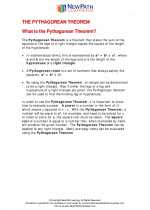 The Pythagorean Theorem
The Pythagorean Theorem  Study Guide
Study Guide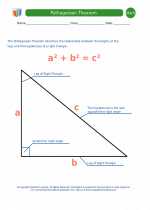 Pythagorean Theorem Definitions
Pythagorean Theorem Definitions  Worksheet/Answer key
Worksheet/Answer key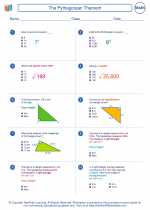 The Pythagorean Theorem
The Pythagorean Theorem  Worksheet/Answer key
Worksheet/Answer key The Pythagorean Theorem
The Pythagorean Theorem  Worksheet/Answer key
Worksheet/Answer key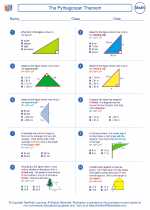 The Pythagorean Theorem
The Pythagorean Theorem  Worksheet/Answer key
Worksheet/Answer key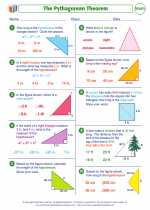 The Pythagorean Theorem
The Pythagorean Theorem  Worksheet/Answer key
Worksheet/Answer key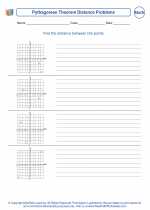 Pythagorean Theorem Distance Problems
Pythagorean Theorem Distance Problems  Worksheet/Answer key
Worksheet/Answer key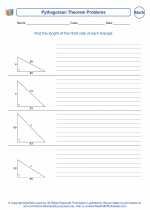 Pythagorean Theorem Problems
Pythagorean Theorem Problems  Worksheet/Answer key
Worksheet/Answer key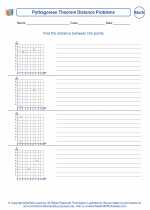 Pythagorean Theorem Distance Problems
Pythagorean Theorem Distance Problems  Worksheet/Answer key
Worksheet/Answer key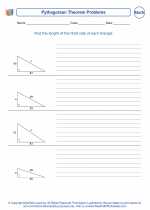 Pythagorean Theorem Problems
Pythagorean Theorem Problems  Worksheet/Answer key
Worksheet/Answer key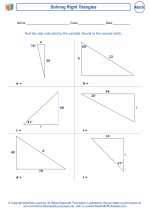 Solving Right Triangles
Solving Right Triangles  Worksheet/Answer key
Worksheet/Answer key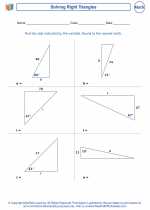 Solving Right Triangles
Solving Right Triangles 

 Study Guide
Study Guide
 Worksheet/Answer key
Worksheet/Answer key
 Worksheet/Answer key
Worksheet/Answer key
 Worksheet/Answer key
Worksheet/Answer key
 Worksheet/Answer key
Worksheet/Answer key
 Worksheet/Answer key
Worksheet/Answer key
 Worksheet/Answer key
Worksheet/Answer key
 Worksheet/Answer key
Worksheet/Answer key
 Worksheet/Answer key
Worksheet/Answer key
 Worksheet/Answer key
Worksheet/Answer key
 Worksheet/Answer key
Worksheet/Answer key

The resources above cover the following skills:
Geometry (NCTM)
Analyze characteristics and properties of two- and three-dimensional geometric shapes and develop mathematical arguments about geometric relationships.
Create and critique inductive and deductive arguments concerning geometric ideas and relationships, such as congruence, similarity, and the Pythagorean relationship.